Inflorescence: [Concept, Characteristics and Types]
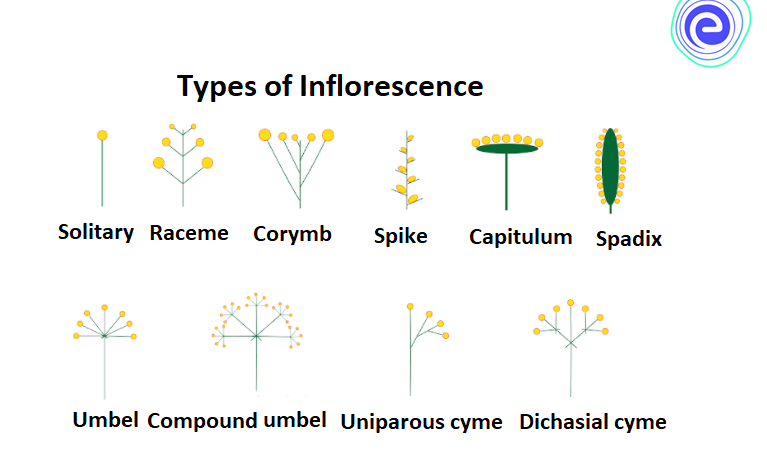
An inflorescence is a group or cluster of flowers arranged on a stem that is composed of a main branch or a complicated arrangement of branches.
Morphologically, it is the modified part of the shoot of seed plants where flowers are formed.
Modifications may involve the length and nature of the internodes and phyllotaxis, as well as variations in the proportions, compressions, thickenings, adnations, connations, and reduction of major and minor axes.
An inflorescence can also be defined as the reproductive part of a plant that bears a cluster of flowers in a specific pattern.
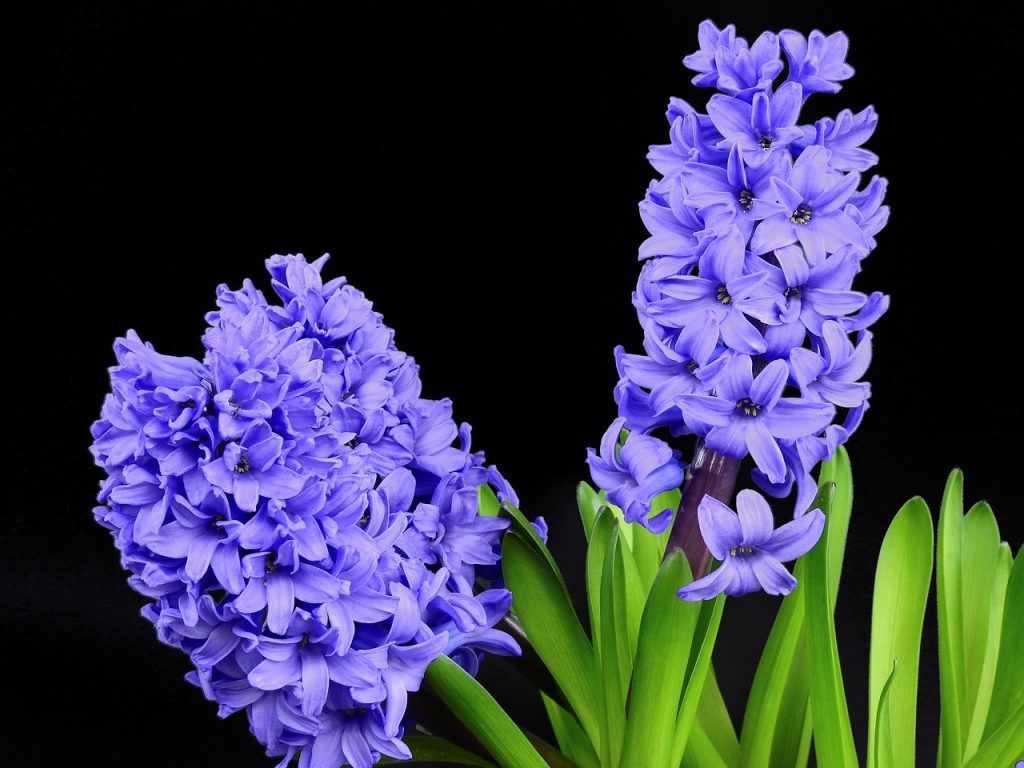
What is the inflorescence?
The inflorescence is the arrangement of the flowers on the floral axis.
The flowers are arranged with respect to a fixed floral axis. Now we will see the different types and arrangements of flowers.
Inflorescence is basically the arrangement of a flower or group of flowers on a branch (called a peduncle) of a plant stem. Remember that everything depends on the arrangement of the flowers.
Some flowers grow alone, such as Hibiscus, others grow in groups, such as rice or calendula.
There are many more types of inflorescence and each type is surprising if you try to understand their pattern, their evolutionary trend and how they occur naturally.
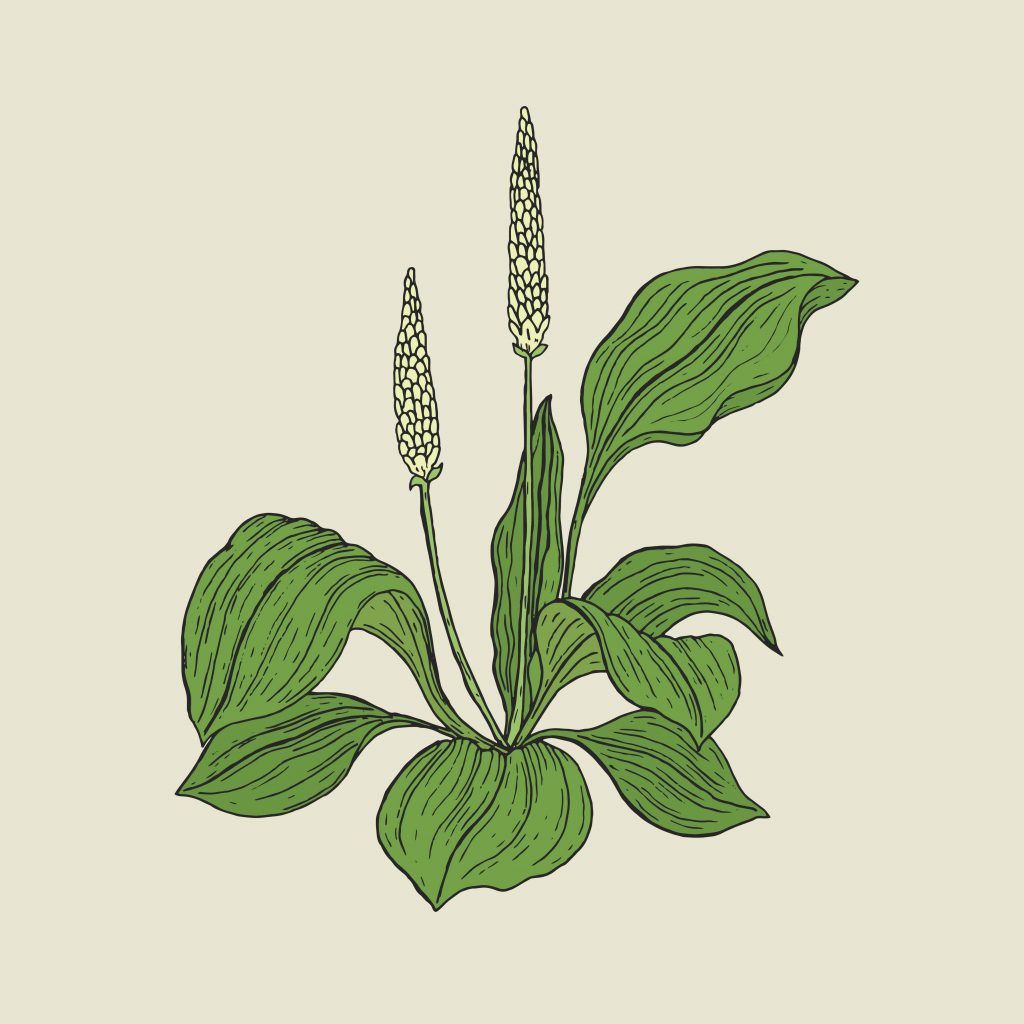
Characteristics of the Inflorescence
The inflorescences usually have different modified foliage than the vegetative part of the plant. Considering the broader meaning of the term, any leaf associated with an inflorescence is called a bract.
A bract is usually located at the node where the main stem of the inflorescence is formed, attached to the plant ‘s rachis, but other bracts may exist within the inflorescence itself.
They fulfill various functions, including attracting pollinators and protecting young flowers.
Depending on the presence or absence of bracts and their characteristics, we can distinguish:
- Ebractate inflorescences: There are no bracts in the inflorescence.
- Bract inflorescences: The inflorescence bracts are highly specialized, sometimes reduced to small scales, divided or dissected.
- Leafy inflorescences: Although often small, the bracts are unspecialized and resemble the typical leaves of the plant, which is why the term flower stalk is often applied instead of inflorescence. This usage is not technically correct, since, despite their «normal» appearance, these leaves are in fact considered bracts, so «leafy inflorescence» is preferable.
- Bract inflorescences with leaves: Intermediate between the bract inflorescences and the leafy ones.
- If there are many bracts and they are strictly connected to the stem, as in the family Asteraceae, the bracts might collectively be called an involucre. If the inflorescence has a second unit of bracts further up the stem, they could be called an involucre.
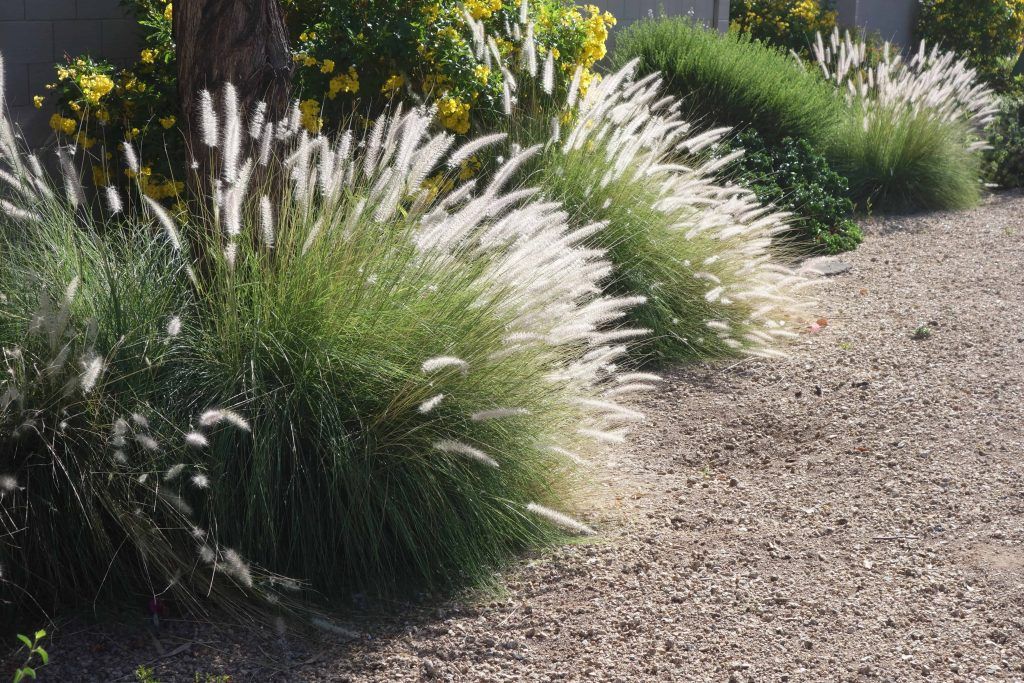
terminal flower
Plant organs can grow according to two different schemes, namely monopodial or racemose and sympodial or cymosal.
In inflorescences, these two different growth patterns are called indeterminate and determinate, respectively, and indicate whether a terminal flower forms and where within the inflorescence flowering begins:
- Indeterminate inflorescence: Monopodial growth (racemose). The terminal bud continues to grow and form lateral flowers. A terminal flower never forms.
- Determinate inflorescence: Sympodial growth (cymose). The terminal bud forms a terminal flower and then dies out. Other flowers then grow from the lateral buds.
- Indeterminate and determinate inflorescences are sometimes called open and closed inflorescences, respectively. The indeterminate pattern of the flowers is derived from the determinate flowers. It is suggested that indeterminate flowers have a common mechanism that prevents the growth of terminal flowers. According to phylogenetic analyses, this mechanism arose independently several times in different species.
In an indeterminate inflorescence there is no true terminal flower and the stem usually has a rudimentary end. In many cases, the last true flower formed by the terminal bud (subterminal flower) straightens up, looking like a terminal flower.
A remnant of the terminal bud can often be seen further up the stem.
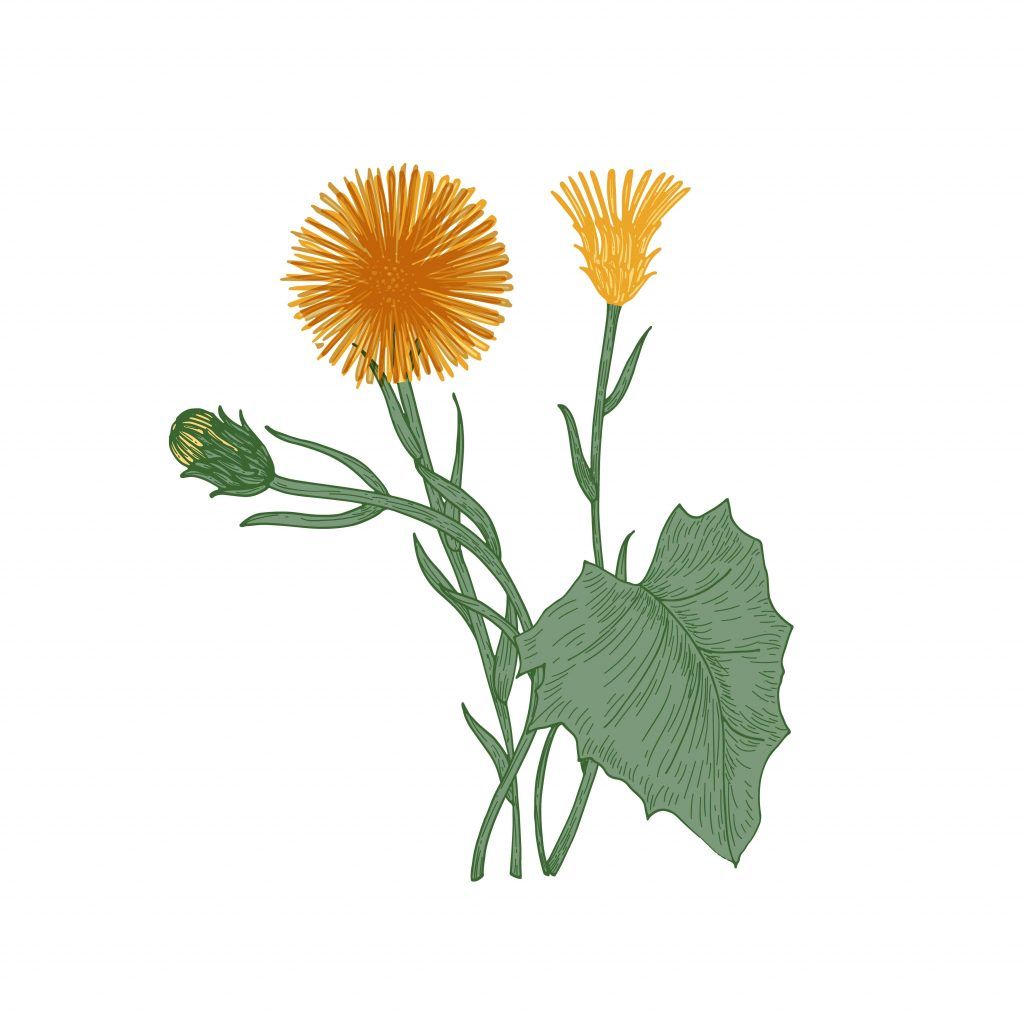
phyllotaxis
Like the leaves, the flowers can be arranged on the stem in many different patterns.
The similar arrangement of leaves on the head is called Ptyxis.
When a single flower or a cluster of flowers is found in the axil of a bract, the location of the bract in relation to the stem supporting the flower(s) is indicated by the use of different terms and may be a useful diagnostic indicator.
Typical location of bracts include:
- Some plants have bracts that subtend the inflorescence, where the flowers are on branching stems; the bracts are not connected to the stems that support the flowers, but are adnate or attached to the main stem (Adnata describes the fusion of different unrelated parts.
- The fused parts are the same, they are connaturally united.
- Other plants have the bracts subtending the pedicel or peduncle of individual flowers.
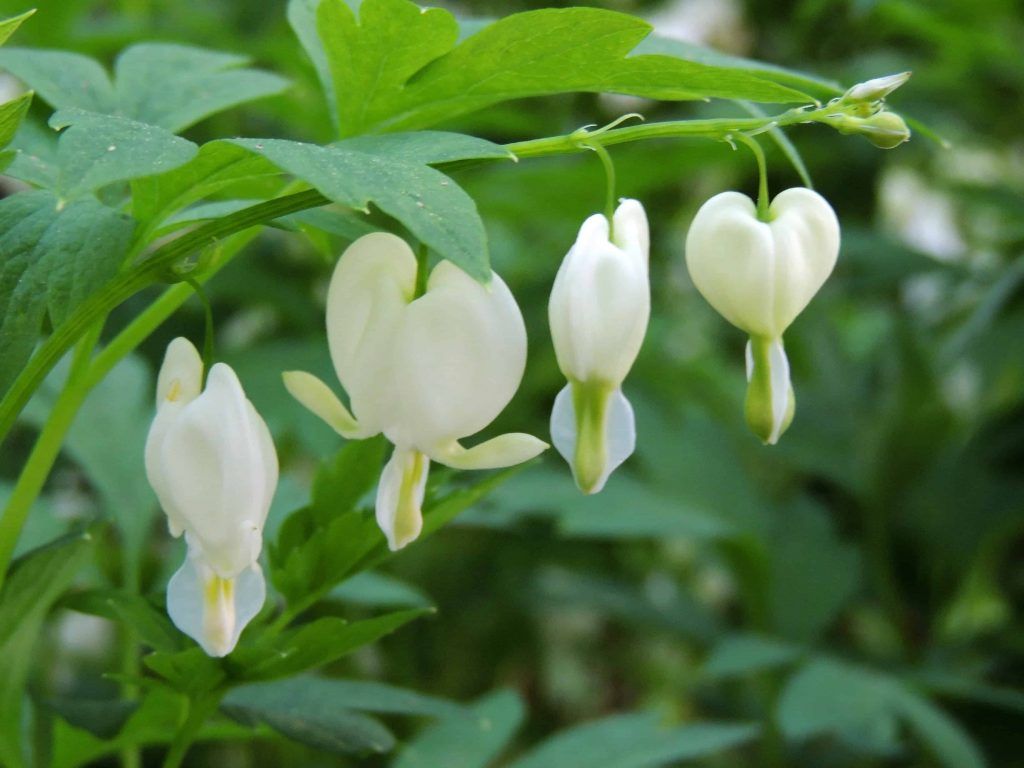
Metatopic bract placement includes:
- The bract is attached to the stem that supports the flower (the pedicel or peduncle), it is said to be recaulescent; sometimes these bracts or bracteoles are highly modified and look like appendages to the calyx of the flower.
- Recaulescence is the fusion of the subtended leaf with the stem that supports the flower bud or the flower bud itself, whereby the leaf or bract is attached to the flower stem.
- When the bud formation moves up the stem clearly above the underlying leaf, it is described as concaulescent.
Inflorescence types
Broadly speaking, there are these types of inflorescence:
- Racemose inflorescence. In this type of inflorescence, the flowers branch laterally on the floral axis.
- Cymose inflorescence. In this type of inflorescence, the flower is the termination point of each floral axis.
- Compound inflorescence.
- Cyathion.
- Verticilaster.
- Hypanodium.
- Hypogynous.
- Perigyne.
Now we will see them in more detail.
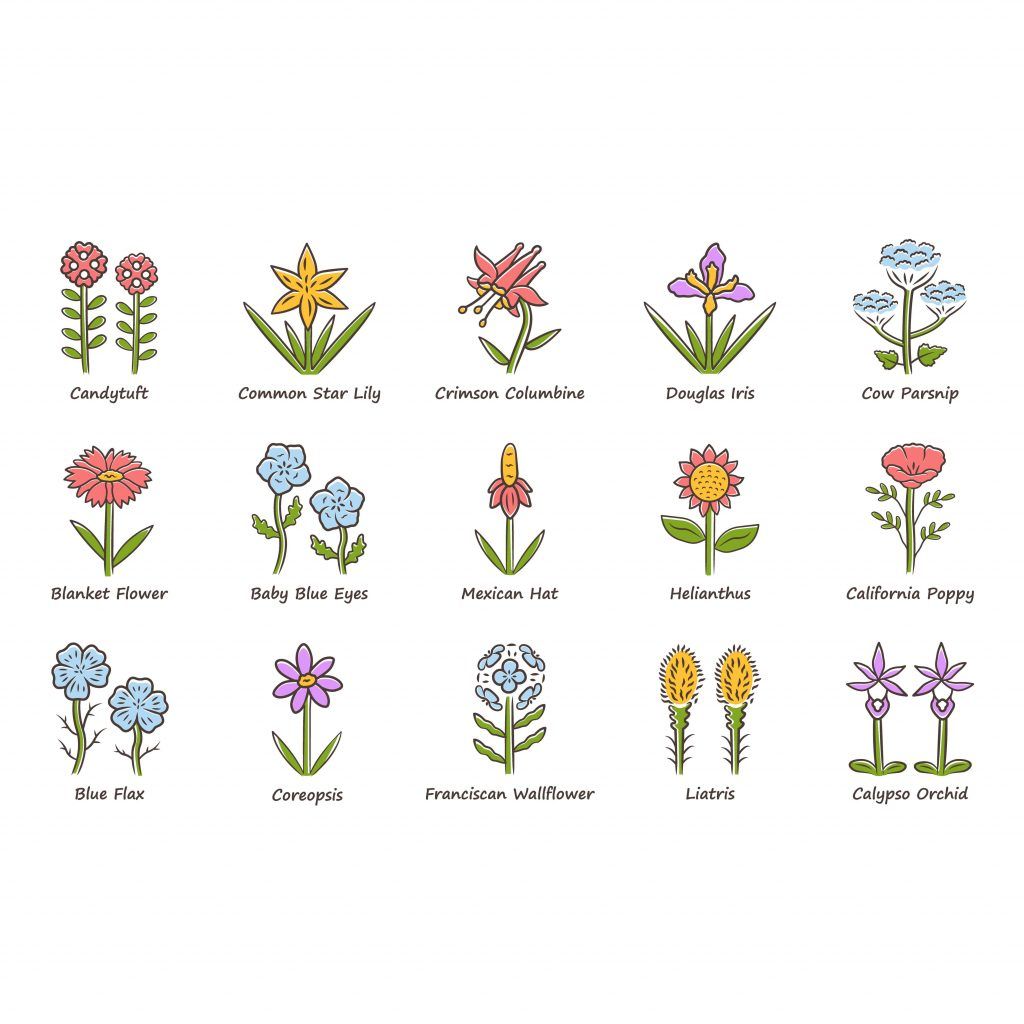
cyation
The bracts or involucre coalesce and form a cup-shaped structure at the margin. This houses the glands.
In the central part of the cup-shaped structure are the female flowers. They mature earlier. Due to the growth of the pedicel, it comes out of the cup-shaped structure.
Small male flowers surround these female flowers. These are also found on the pedicel. The male flowers, which are towards the center, mature before the flowers that are towards the periphery.
This inflorescence is found in the Euphorbiaceae family such as Euphorbia, Poinsettia, Pedilanthus.
Verticillaster
We can find this type of inflorescence in the Labiatae/Lamiaceae family, where the leaves are arranged opposite each other on the stem.
From the axil of each leaf the inflorescence develops. From the main axil arises the lateral axil, in which the flowers are found. Some examples are Salvia, Ocimum, Coleus, etc.
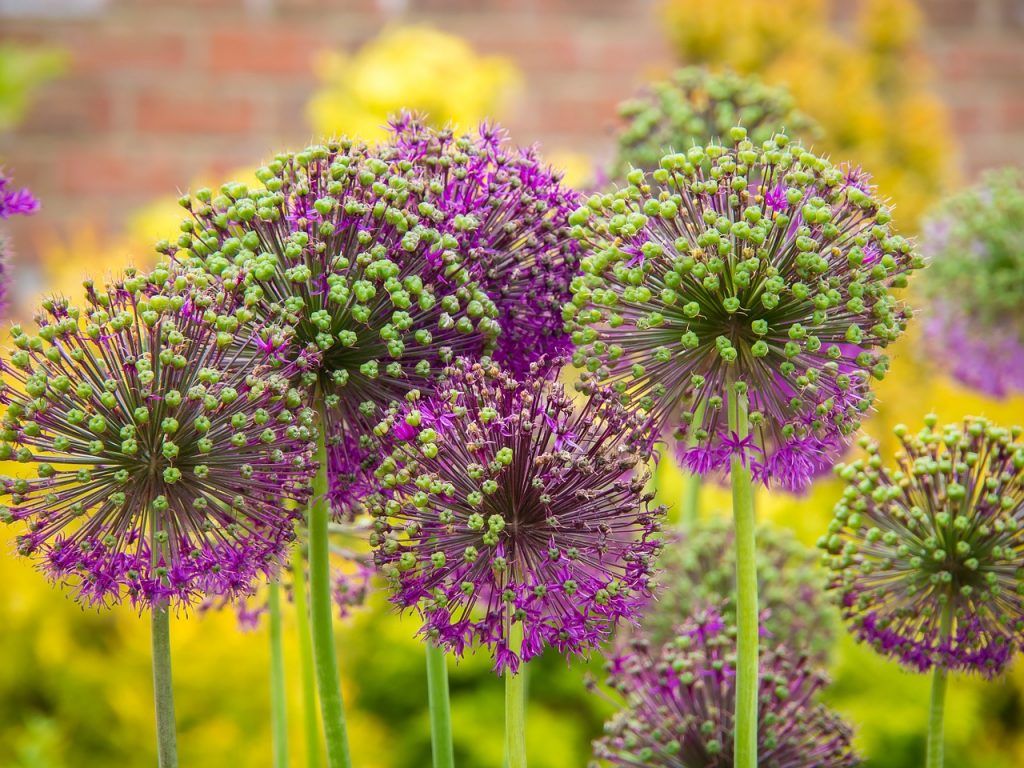
Hypanthium
In this type of inflorescence, you can see the peduncle modified into a narrow cup-shaped structure. At the base of the cup the female flowers develop while towards the mouth the male flower develops.
All three types of flowers are present in this inflorescence. For example, the banana, the petal, etc.
Why do the flowers have different inflorescences?
Selective influences on floral display vary with the pollination system, and within a pollination system with the specific actions of the pollen vector.
Inflorescence function is thus something that occurs in specific taxa, on a specific time scale, and with specific pollen vectors.
What is the hypogynous flower?
In hypogynous flowers, the perianth and stamens are attached to the receptacle below the gynoecium; the ovary is superior to these organs, and the remaining floral organs arise below the point of origin of the carpel. …the pistil; such flowers are hypogynous (for example, the buttercup and magnolia).

![Photo of Nepenthes cuttings: [Grafts, Time, Rooting and Planting]](https://www.complete-gardening.com/wp-content/uploads/2022/08/nepenthes-cuttings-grafts-time-rooting-and-planting-390x220.jpg)
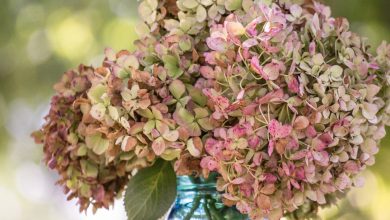
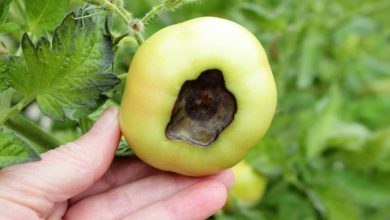
![Photo of Daisies: [Planting, Place, Care, Irrigation, Substrate]](https://www.complete-gardening.com/wp-content/uploads/2022/08/daisies-planting-place-care-irrigation-substrate-390x220.jpg)